Oregano Seeds
$5.85 Original price was: $5.85.$1.17Current price is: $1.17.
In stock
Deliciously Aromatic Foliage!
Easy to keep pinched for indoor and outdoor containers, too!
Genus: Origanum
Species: vulgare
Item Form: (P) Pkt of 100 seeds
Zone: 5 – 10
Bloom Start to End: Mid Summer
Habit: Mound-shaped
Seeds Per Pack: 100
Plant Height: 12 in – 18 in
Plant Width: 12 in – 18 in
Additional Characteristics: Butterfly Lovers, Cut-and-Come-Again, Easy Care Plants, Pest Fighter, Rose Companions, Edible, Flower, Fragrance, Herbs, Indoor Growing
Bloom Color: Lavender, Pink
Foliage Color: Dark Green
Harvest Season: Early Summer, Late Summer, Mid Summer
Light Requirements: Full Sun
Moisture Requirements: Dry, Moist, well-drained
Resistance: Cold Hardy, Disease Resistant, Drought Tolerant, Heat Tolerant, Humidity Tolerant, Pest Resistant
Soil Tolerance: Normal, loamy
Uses: Border, Containers, Cuisine, Ornamental, Outdoor
80 days from sowing.
You will smell it before you see it, and that’s just the start of the feast for the senses this oregano delivers in your garden! An edible ornamental perennial with beautiful blooms, good branching, and attractive foliage, this herb can be grown among the flowering plants in the sunny, dry garden. But be sure to keep at least a few just for cooking, because these large leaves are packed with flavor!
One of the most important herbs of Italian, Greek, and Mexican cooking, oregano is at the heart of all the great tomato sauces, vegetable dishes, and countless other culinary triumphs. It is most strongly flavored when dried, not fresh, so you may choose to harvest this plant whole, in midsummer, and dry the foliage. Or you may want to cut the individual leaves as needed, all season long, beginning when the plant is just 6 inches high (less than 2 months from sowing!). And those are just the culinary options . . . then there are the ornamental uses of this beauty, in containers as well as the garden. Thank goodness you get 100 seeds per packet!
Oregano is a perennial that thrives in full sunshine and well-drained soil on the dry side. Once it’s established in your garden, let the soil dry out between waterings, and when you do water, make sure to do it long and deep, to encourage the roots to grow far down into the soil and find their own sources of water. If you live in a rainy climate, mound up the soil before planting your oregano, and make sure the drainage is really sharp. For those of us in thirsty gardens with long summers, a plant that likes its soil dry is a pure blessing!
Oregano has a useful culinary life of four or five years. So unless you want to grow it as an annual and harvest the entire plant for drying in midsummer (a good option for space-challenged gardens, because you can replace the oregano with fall plants each year), let one or two plants flower and go to seed each year, bringing you many new oregano seedlings the following spring. Thin or transplant them, and you will always have new young plants to replace those that “age out” of the garden!
The key to keeping the flavor of the leaves at its peak is to pinch out any flower buds you see forming on the plant immediately (unless you are growing the plant to go to seed). Flowering really reduces the flavor of the foliage, so you don’t want your plants to reach that stage at all. The other key is to trim your plants every couple weeks, even if you aren’t cutting the stems for use in the kitchen. Being pruned reminds the plant to send up fresh new branches, bursting with rich flavor.
Expect oregano to reach 12 to 18 inches high and wide in the garden, with broad 1½-inch leaves. This plant fills a 10-inch container perfectly. But if you have smaller containers and/or want to grow it in the kitchen windowsill as part of your culinary herb garden, it is easy to keep oregano smaller. Every few weeks, pinch off the tip of the central stem of the plant. This encourages side shoots to grow, and also keeps the plant short. You’ll find you can grow a very compact oregano with all the flavor and appeal of its full-sized cousins!
You will know your oregano is reaching the end of its culinary life when the stems become woody. The plant is also quite attractive at this point, so you have the option to leave it alone and let it be an ornamental, bringing butterflies and bees into the garden with its bright purple blooms, or you can cull it. Either way, this is a perennial that is as lovely as it is useful, and will bring you years of pleasure wherever you grow it!
Sow seeds in well-drained to dry, neutral to alkaline soil in full sun, or start them indoors in your Bio Dome or seed flats. Transplant when the seedlings have at least 2 sets of true leaves. Zones 5-10. Pkt is 100 seeds.
| Weight | 1 kg |
|---|---|
| Dimensions | 1 × 1 × 1 cm |
Be the first to review “Oregano Seeds” Cancel reply
Shipping is an additional 15-29 business days depending on location. Shipping time will be provided at checkout.
Returns
If seeds fail to leave China, we will refund your payment 100%. But if seeds fail to reach you due to customs problem on your side which we were not informed in advance, we will not be able to bear any loss, and no refund will be made.
We sell only viable plants seeds online, and test germination of our seeds from time to time. So we will not be able to refund for seeds that clients fail to germinate, unless we are convinced that it's truly problem of our seeds.
———
Please send us an email: [email protected] and be as detailed as possible while filling in the information.
After submission, We will reply to you within 24 hours. Please be patient.
———
CHARGEBACKS & DISPUTES
Please contact us by email before opening a merchant chargeback or payment dispute, as we can generally resolve the issue before that takes place. Any chargebacks and disputes disable our ability to issue refunds or credits due to funds being frozen.
———
REFUND, EXCHANGE AND RETURN
Customers have the right to request a refund/ return/ exchange within 14 days from the delivery date. Our Customer Service team will offer the best solutions for specific situations.
Related products
Arugula
Arugula
Arugula
Arugula
Arugula
Arugula
Arugula
Arugula


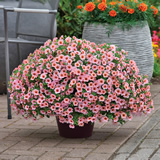
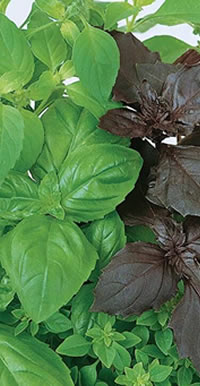
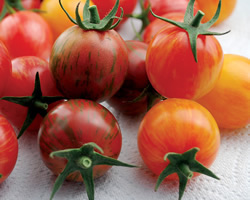
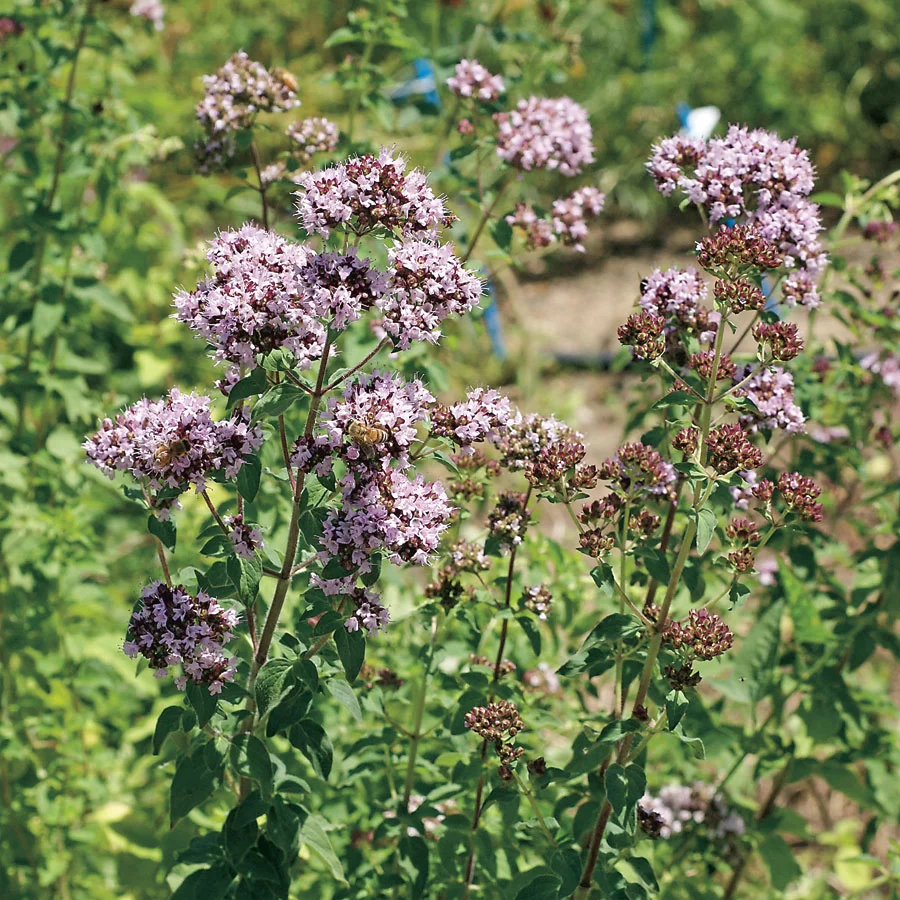
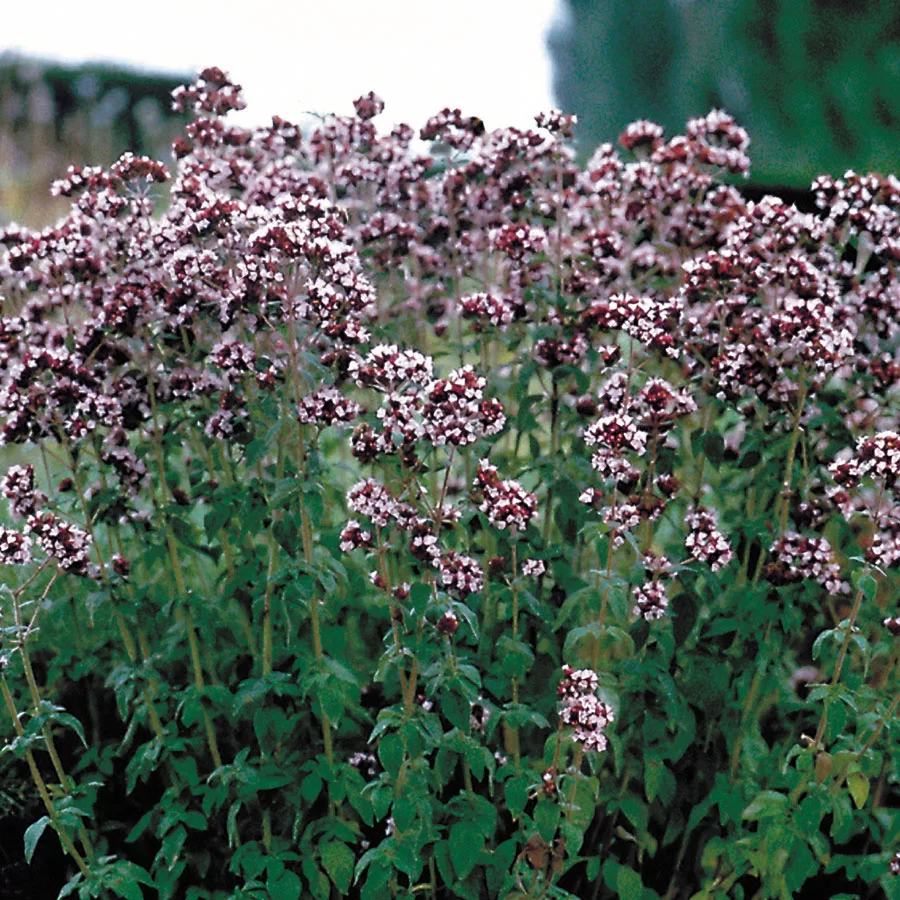

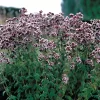
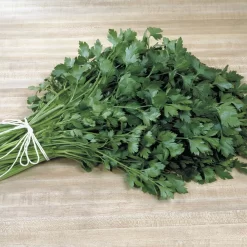
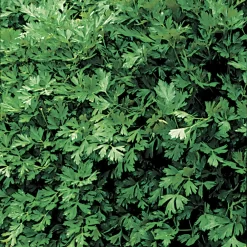
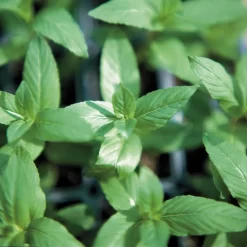
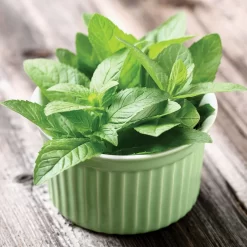
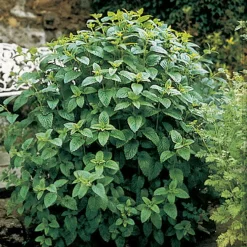
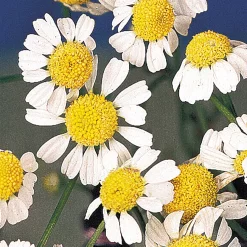
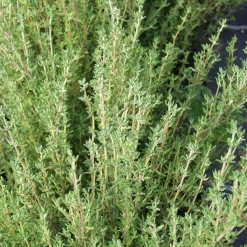
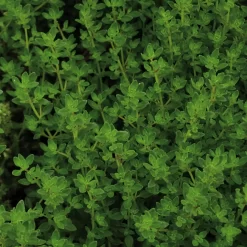
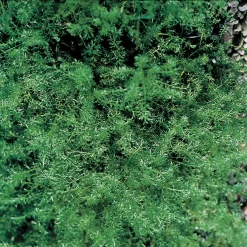
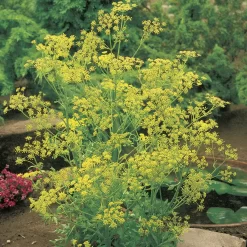
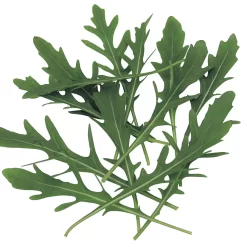
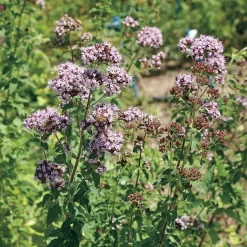
Reviews
There are no reviews yet.